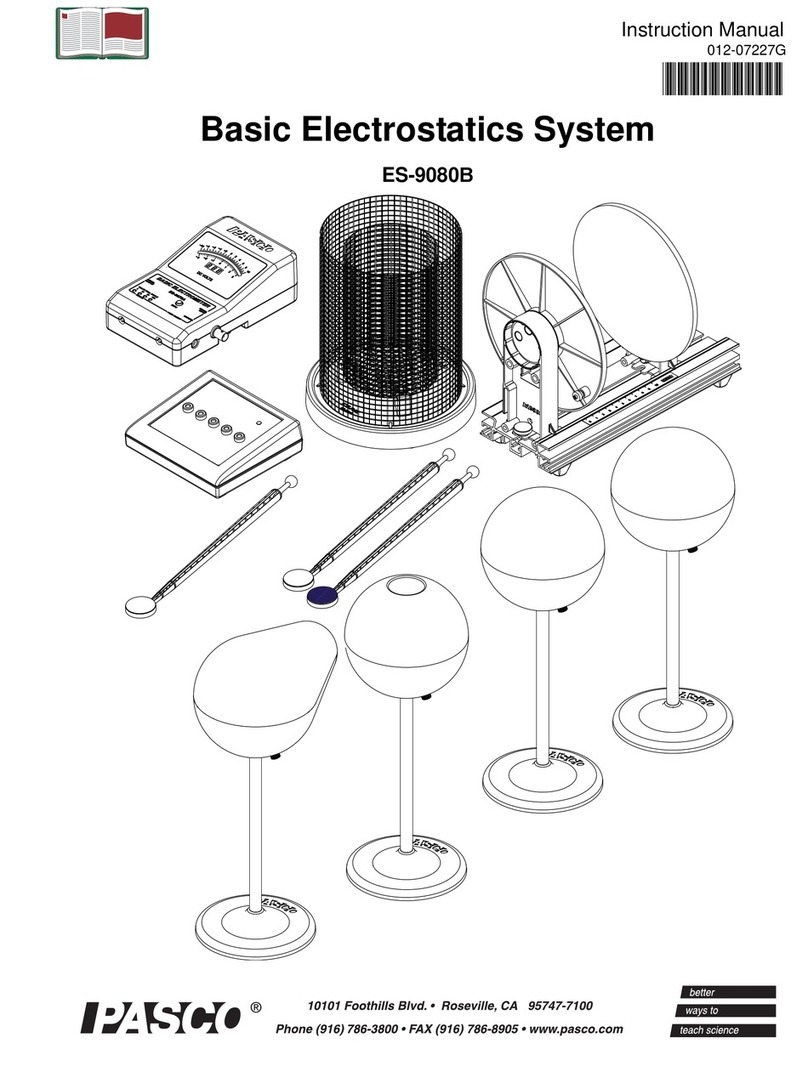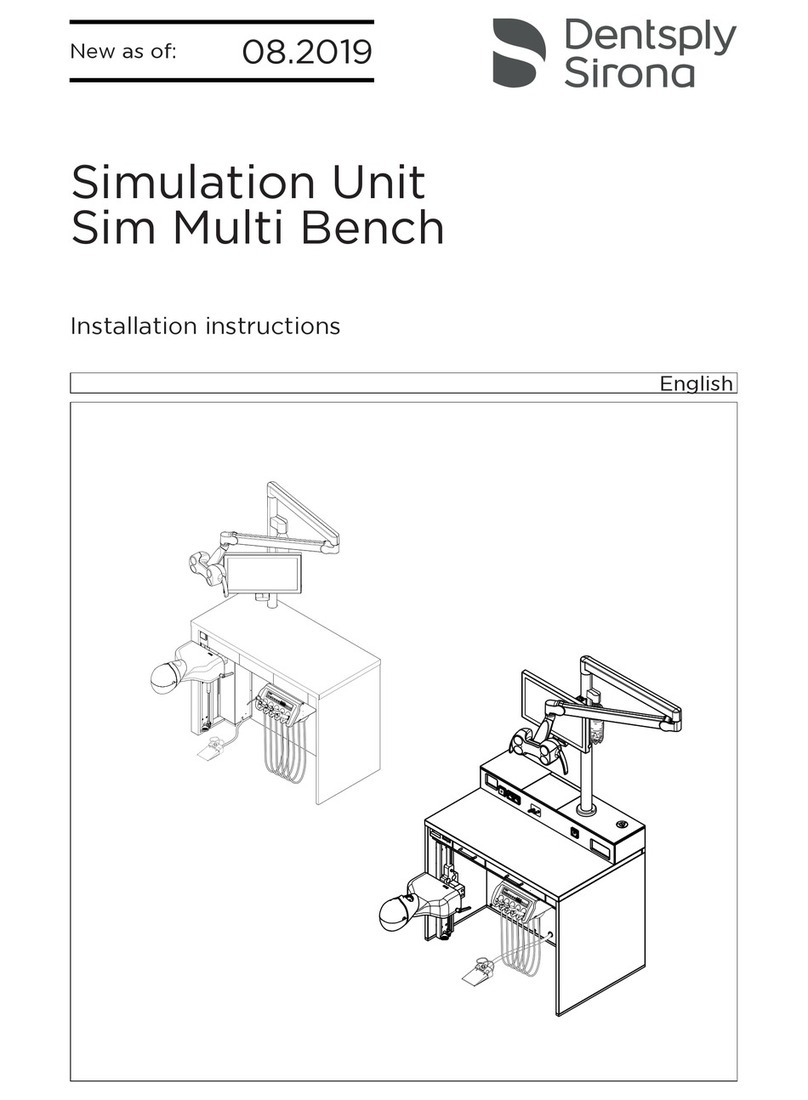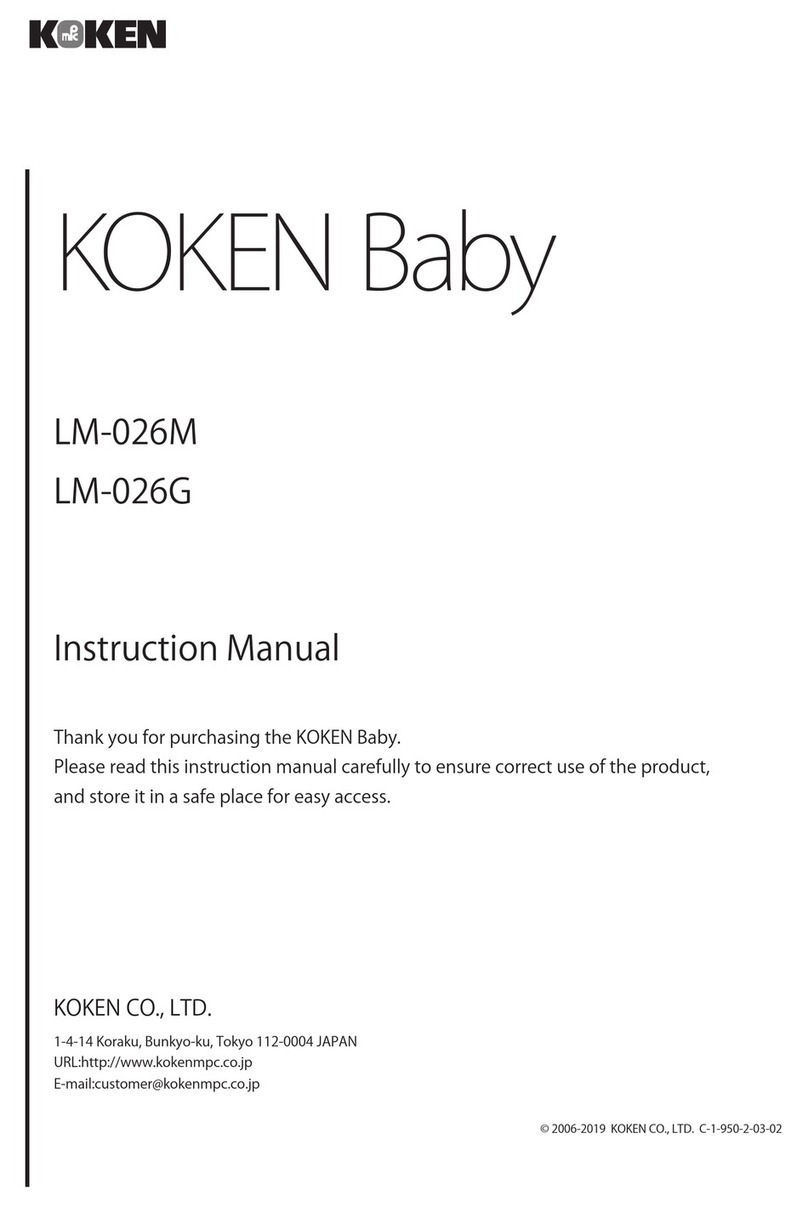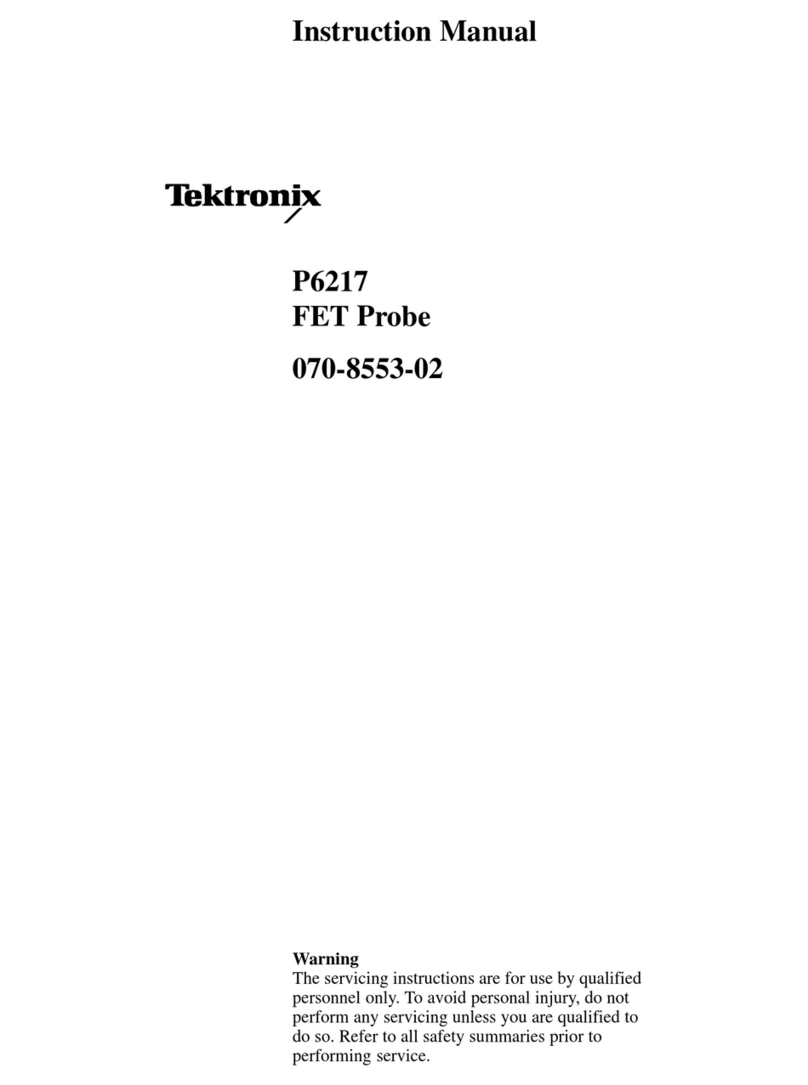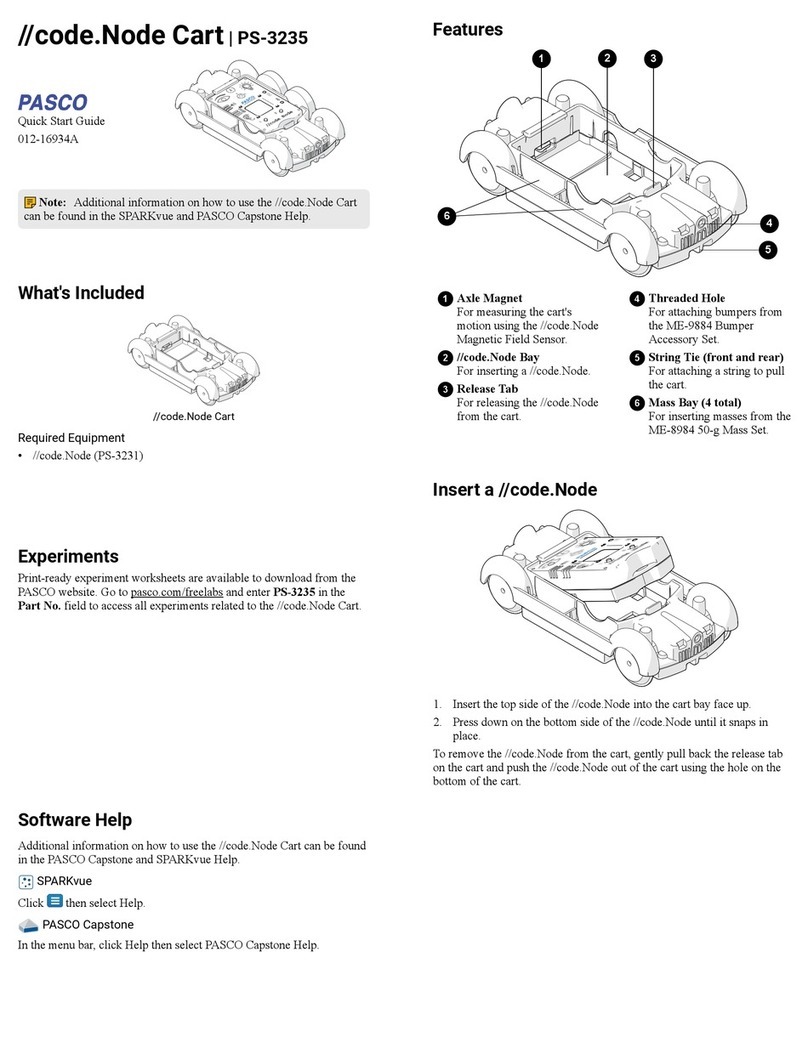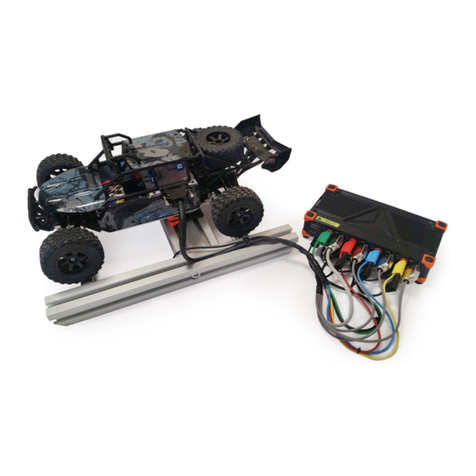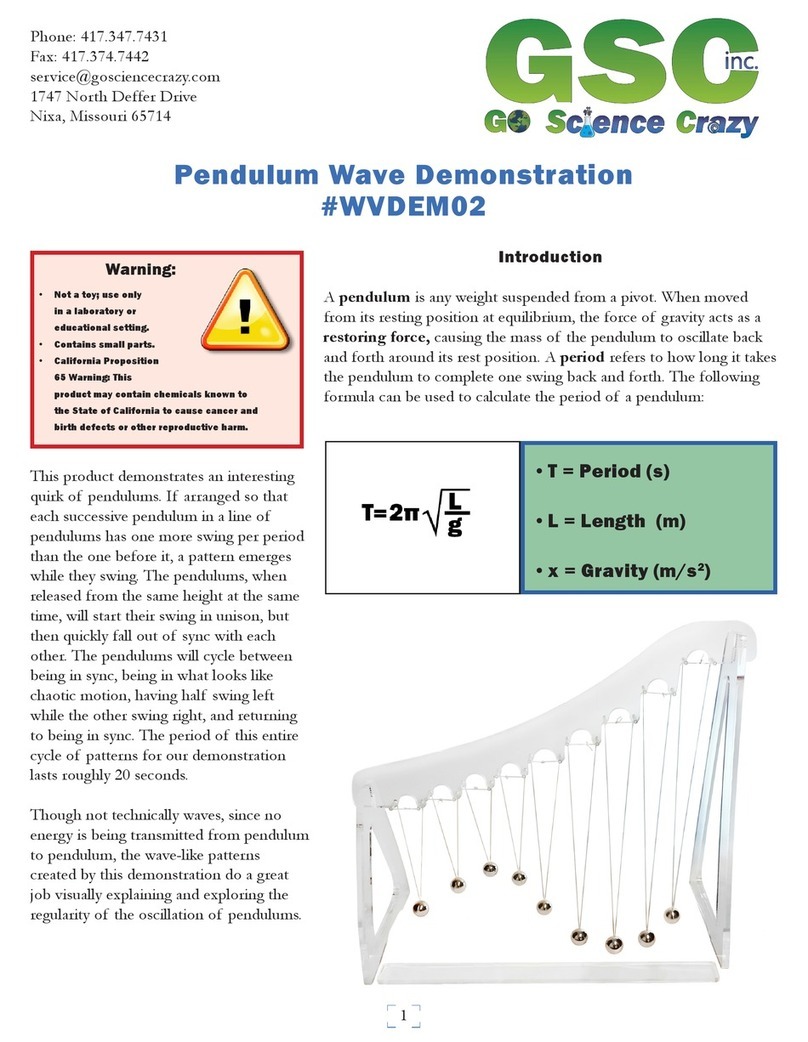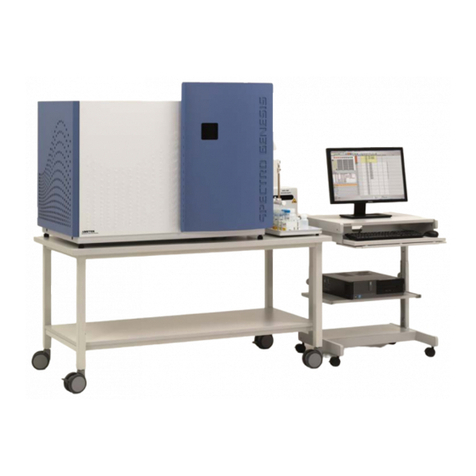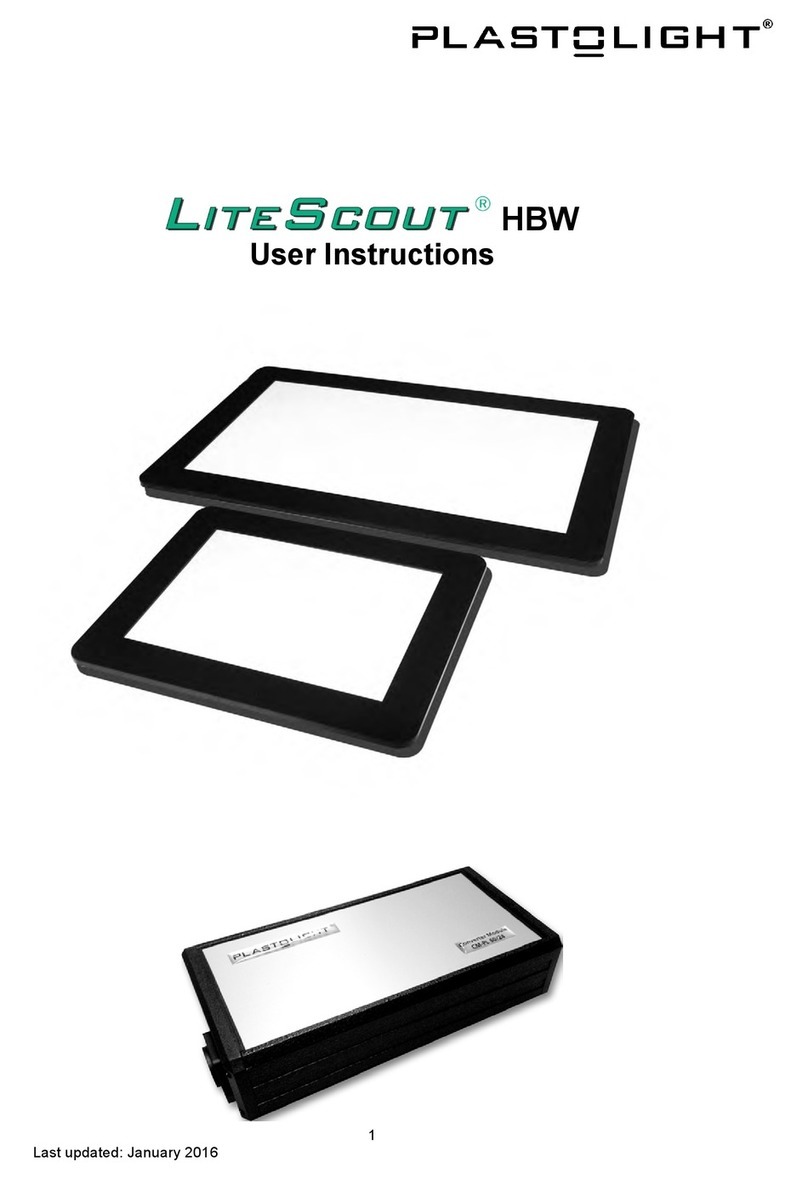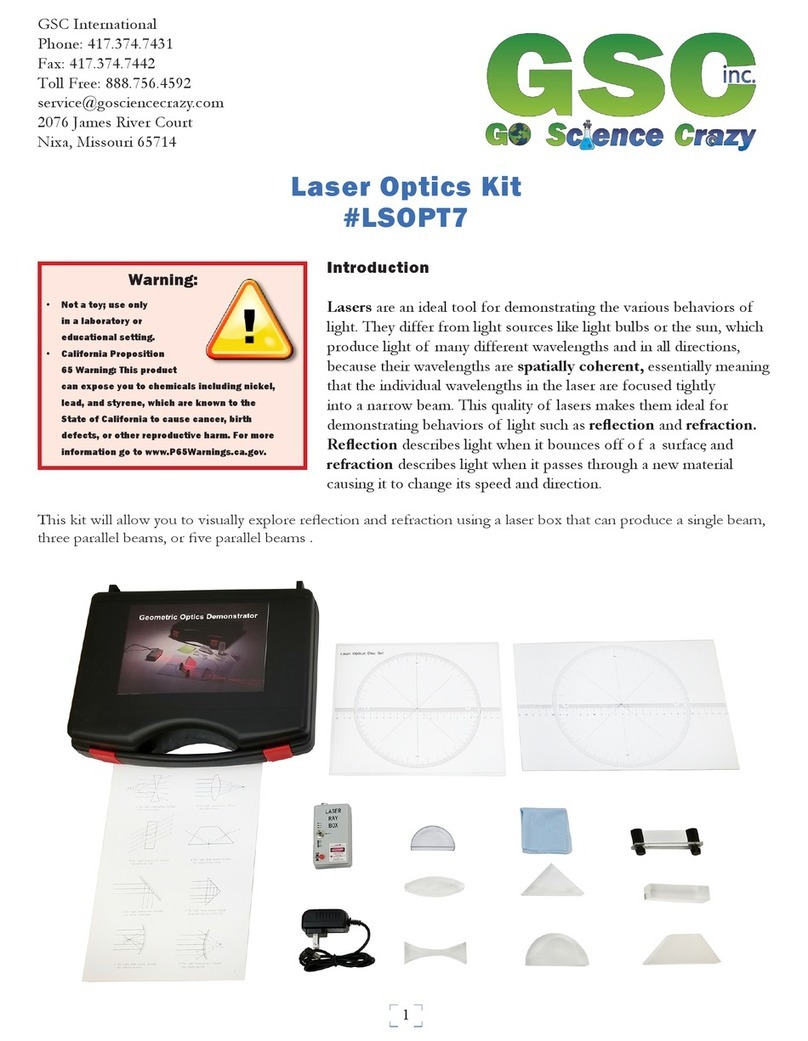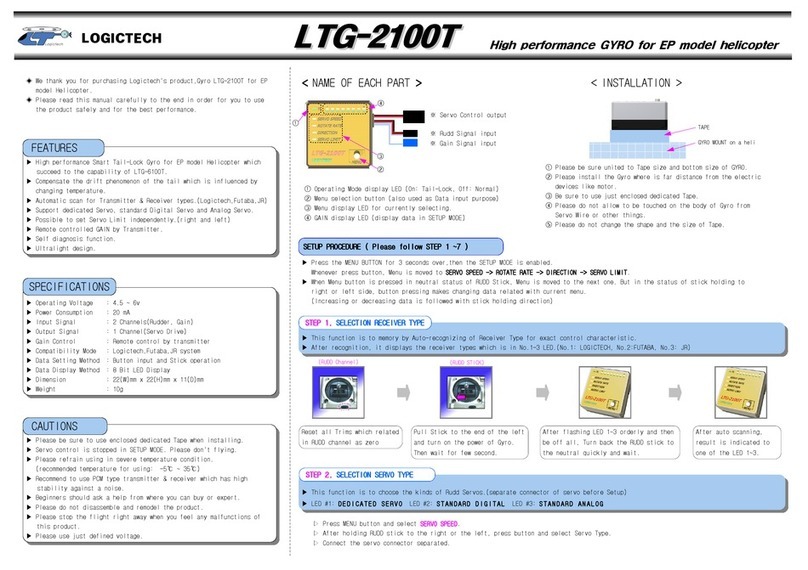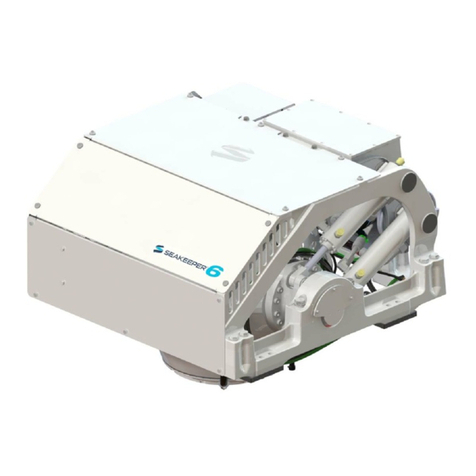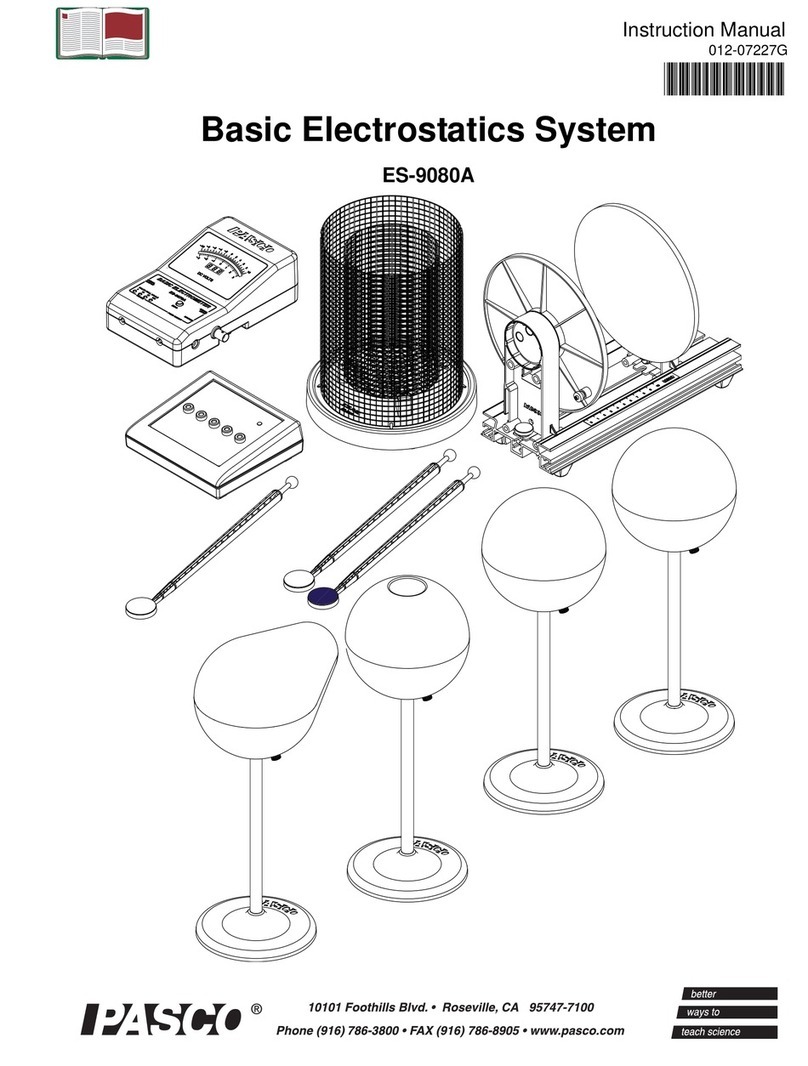Aurora Plasma Globe User manual

PLASMA GLOBE
OWNER’S GUIDE
Plasma Design
Plasma Design


Page 3
Congratulations on the purchase of your new Aurora Plasma Design
Plasma Globe! These mesmerizing pieces of art have captivated
audiences across the world for over 40 years. You can nd them in
many of the worlds’ leading science museums, in art installations
and in private collections. It used to be that plasma globes of this
quality cost thousands of dollars, but with our line of Museum
Sized Plasma Globes, we’ve now brought them within reach of the
everyday consumer.
We’re glad that you’ve chosen to purchase one of our globes, and
we hope that it provides you with years of enjoyment. Before you
begin using your plasma globe, don’t forget to read the warnings at
the back of the manual! Some may be obvious, but others you might
not have thought of. For your own safety, and to ensure the life of
the plasma globe, it is very important that you read them thoroughly.
Continue reading for some tips on how to enjoy your plasma globe,
as well as a brief overview of plasma globes and how they work.

Page 4
Unpacking and Setting Up Your Globe
Keep your box and everything in it! The box that your plasma
globe came in is specially made for protecting your plasma globe.
Although unlikely, from time to time plasma globes can fail, and
if that should happen, you will need your box so that we can
safely ship your plasma globe back to us for warranty repair or
replacement.
To set up your plasma globe, nd a suitable location away from
direct sunlight, and preferably somewhere where you are able
to dim the lights. Remember to keep the globe away from any
metal objects or surfaces, as these may be a shock hazard when
the plasma globe is powered on. (The plasma globe has a low-
amperage current, so the shock is not dangerous. It’s more like a
shock of static electricity—safe, but unpleasant.) Once you have
your plasma globe in place, operating it is as simple as plugging it in
and turning it on.
To extend the life of the electronics and the gases in the plasma
globe, only leave the display turned on when there are people
around to appreciate it. In addition, do not leave the plasma globe
at full power for an extended period. All electronics slowly wear out
over time, so turning the globe o when you are not around will
ensure that you get the most out of the life of your globe.
Plugging in the power adapter Power adjustment dial

Page 5
Playing With Your Plasma Globe
Your plasma globe is bright enough to be visible in a lighted room,
but you will not get a very good eect in bright light. To get the best
experience from your plasma globe, we recommend that you place
it away from direct light, preferably in a darkened room. Once you’ve
found the right place for your globe, just relax, dim the lights, and
enjoy the show that your plasma globe has to oer.
Plasma globes love to be touched, so don’t hesitate in doing so.
In fact, some of the most interesting eects can only be achieved
through contact or close proximity with the globe. Go ahead and
experiment! Try using your whole palm, or just your ngertips, or
even just a single ngertip. See what happens when you lightly
hover your hand above the surface of the glass. Put your hands
on dierent parts of the globe and see how the plasma reacts
when your hands are in dierent positions. Try the plasma globe
at dierent power levels; some eects can only be seen when the
plasma globe is at low power. There are a lot of dierent things you
can try with your plasma globe, but the numerous possibilities are
sure to keep you captivated for quite some time.

Page 6
A Brief Overview of Plasma Globes
So you’re still reading? You mean you haven’t already thrown out
the manual and started playing with your plasma globe? Well, keep
reading and we’ll tell you a bit about plasma globes and how they
work. (And please, keep this manual. You may need it.)
Who Invented the Plasma Globe?
The plasma globe, in its infant form, was
invented by Nikola Tesla (1856-1943),
although he didn’t call it a plasma globe—
the name for his invention was the “Inert
Gas Discharge Tube.” It was a machine
that used high-frequency electricity to
create lightning-like electrical phenomena
inside of a glass chamber. It wasn’t until
1971 that Bill Parker, a physics student at
MIT, conceived the plasma globe as we
know it today. Building upon the principles
that Tesla had pioneered, Parker came up
with techniques to create the many dierent colors and eects that
can be seen in modern plasma globes.
What Is Plasma, And What Does It Have to Do
With Plasma Globes?
Plasma globes got their name because
they really do contain “plasma.” Plasma
is often referred to as the “fourth state
of matter.” It is the most common state
of matter in the universe—the stars
themselves are made of it. Plasma occurs
when a gas becomes electrically charged
Nikola Tesla holding one of his famous
“wireless” lamps.
A plume of plasma rises o the surface of
the Sun in a “Solar Prominence”

Page 7
(or “ionized”) and the electrons begin to break o from the atoms
and move around freely. Unlike a typical gas, plasma is electrically
conductive and responds strongly to the eects of electromagnetic
elds. Applying an electromagnetic eld to plasma can cause it to
form into structures such as laments, beams, and double layers.
These structures are what give shape to the moving tendrils of light
that you see in the plasma globe.
When a plasma globe is turned on, the gas inside the globe is
charged with a high-voltage current from the power supply. The high
voltage of the current causes the gas to ionize and turn into plasma.
This turns the entire plasma globe into a conductor, allowing the
electricity from the electrode to travel through the plasma and
escape through the air.
At the same time, the power sup-
ply emits a high-frequency current,
alternating at thousands of times
per second, and this high-frequen-
cy current creates an oscillating
electromagnetic eld. This electro-
magnetic eld interacts with the
plasma and causes the electrons
and ions to move around, exciting
the surrounding atoms. When the atoms
become excited, they quickly release their energy, and this energy is
emitted in the form of light. As the electricity from the center of the
globe attempts to escape, it creates ion trails, and these trails act
as a path for the other electrons. When a large quantity of electrons
move along the same path, a plasma tendril is formed, and the
atoms emit enough light that the tendril becomes visible. The color
of the light you see depends on what gases are present inside the
globe.
The Northern Lights are an example of ionized plasma
from the sun interacting with the earth’s magnetic eld.

Page 8
What’s Involved In Creating Dierent Plasma
Eects?
To create a particular plasma eect, rare gases must be combined in
exact proportions and at a specic pressure. This gas mixture must
then be matched to the volume of the globe and to the electrical
characteristics of the power supply in order to obtain the desired
plasma eect. The pressure of the gas mixture plays a large part in
determining the shape of the plasma eect. In general, the higher
the pressure of the gas, the thinner and more sharp the plasma arcs
will be. The lower the pressure, the wider and softer the arcs will be.
When the pressure is low enough, a unique eect becomes possible
at reduced power levels, somewhat like a glowing aurora borealis
around the electrode core.
Each gas that is used has particular colors and properties that are
peculiar to it. For example, neon gives o a reddish-orange color
when charged, krypton gives o a white color, xenon gives o a
blueish color, and argon gives o a sort of purple color. By
combining dierent gases, one is able to control the color, shape,
and motion of the plasma eect. “Rare” gases (also known as
“noble” gases) are used for their unique properties and because of
their low chemical reactivity—this ensures that the gases will not
react with each other and degrade the plasma eect. It also ensures
that the gas mixture will not break down over time.
Some of our various plasma globe eects.

Page 9
Before a plasma globe is lled, it is rst baked in an oven to remove
any water vapor. Then, it is hooked up to a vacuum pump system
and evacuated to 0.001 Torr (99.999% Vacuum). After the globe has
been evacuated it is lled with the precise gas mixture specied in
the formula. It is then permanently sealed, ensuring that no gas can
get in or out of the globe.
Once this process is completed, the nal assembly is done. The
inside of the electrode is coated with conductive silver paint (this
is used to hide the internal wiring and to evenly distribute the
electricity), and then the wires and housing are run up into the
central stem. The glass globe is then secured to the base, and
the power supply and circuit-board are mounted and wired to the
electrode. Lastly, the base is sealed up, and the globe is tested,
packed, and made ready to go. Once the globe reaches us, it is
again inspected and subjected to rigorous testing to ensure the
quality of the plasma eect and the durability of the electronics. After
that, it gets sent out to you!
Conclusion
We hope you’ve learned a little bit about plasma globes from reading
this! Plasma globes are captivating machines that will provide you
with a lifetime of fascination. There’s nothing quite like harnessing
lightning on your countertop. We know that you will enjoy your
plasma globe for years to come, and if you have any questions or
problems, don’t hesitate to call us toll free at 1.800.665.5656, or at
604.299.7511 for international customers.
On the next page you will nd a fun experiment that you can try out
with your plasma globe. Go ahead, we think you’ll enjoy it.

Page 10
Experiment
If you have any Fluorescent Lights lying around, you can use one to
perform a really neat experiment with your globe. Here’s how to
do it:
1) Find a Fluorescent Tube or
a Compact Fluorescent (aka
“Energy-Saver”) Bulb to use for
the experiment.
2) Turn the Plasma Globe on at Full Power.
3) Being careful not to touch any metal on the Fluorescent Bulb,
hold the Bulb by the glass, bring it close to the Plasma Globe, and
see what happens. The Fluorescent Light should turn on!
4) If you are using a straight Fluorescent Tube, experiment with the
position of your hands on the tube. You should notice that the tube
will only light up between the plasma globe and your hand. This is
because your hand acts as a ground.
Compact Fluorescent Bulbs (left/center), Fluorescent Tube (Right)
Table of contents

